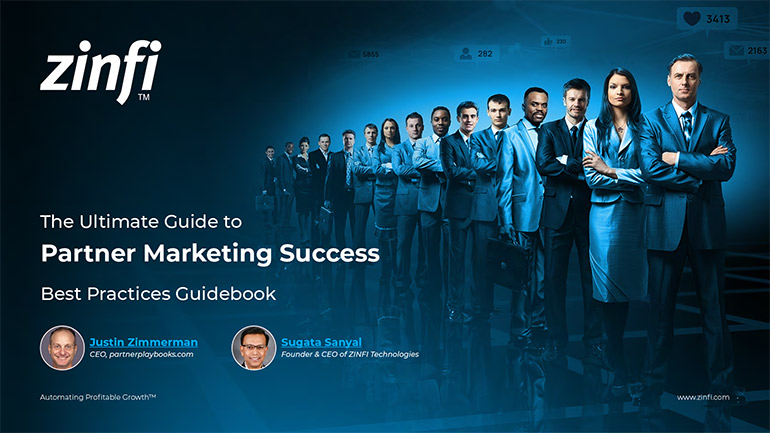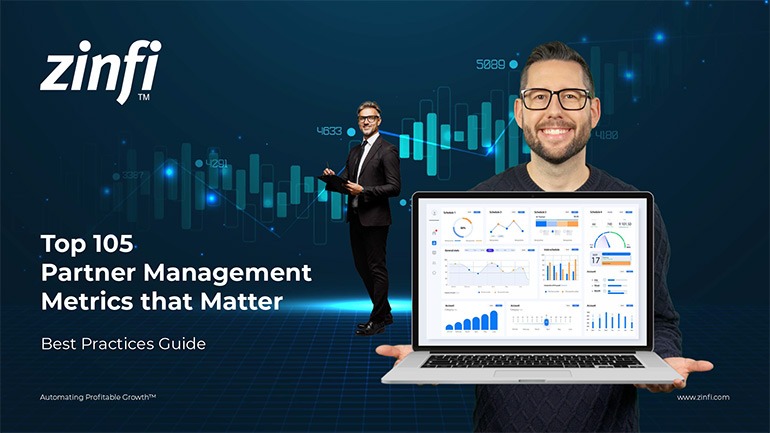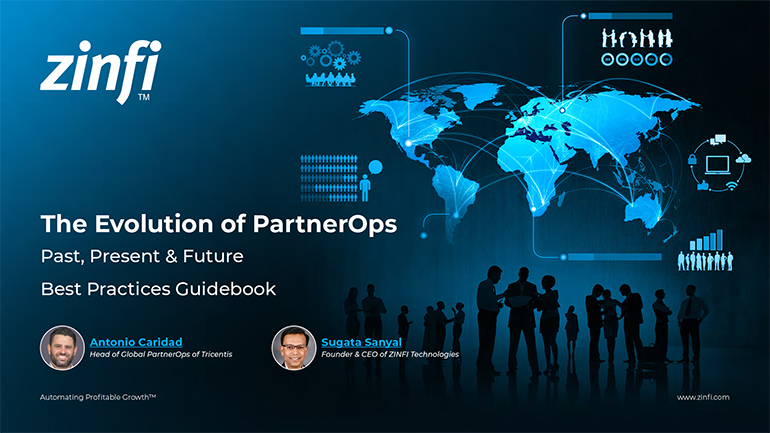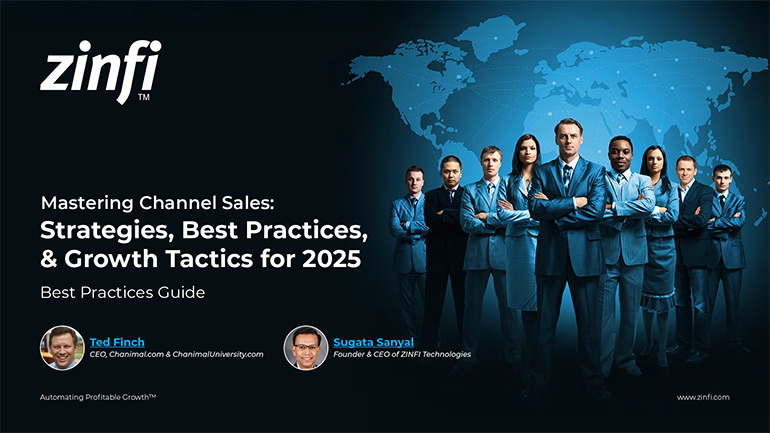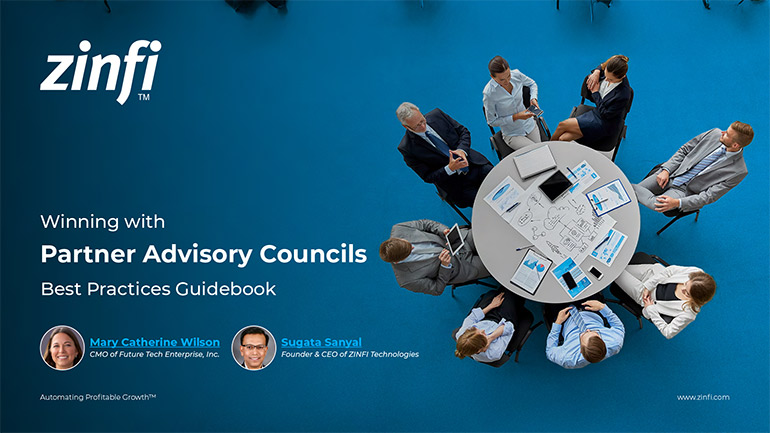The discussion begins with reflecting on early experiences in technology sales and how those lessons shaped a fresh approach to partnerships. It explores the limitations of outdated linear models — transactional sales, rigid hierarchies, and siloed functions — and contrasts them with the demands of today’s dynamic partner ecosystems. Experiences at companies like Nortel and Sienna laid the groundwork for a new vision of partner relationship management (PRM), one rooted in trust, mutual value, and global collaboration.
The conversation also delves into the journey of launching a consulting practice that quickly evolved into a full-fledged entrepreneurial venture. The episode consistently emphasizes integrating personal purpose and structural clarity into the design of modern partner programs.


